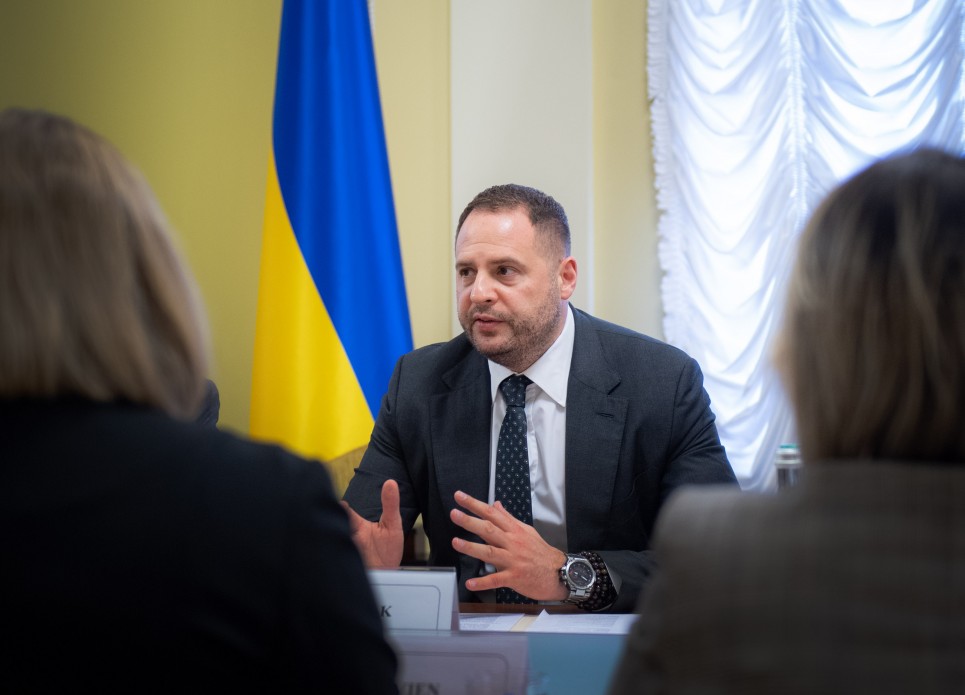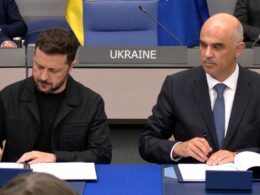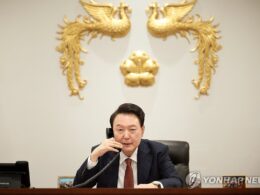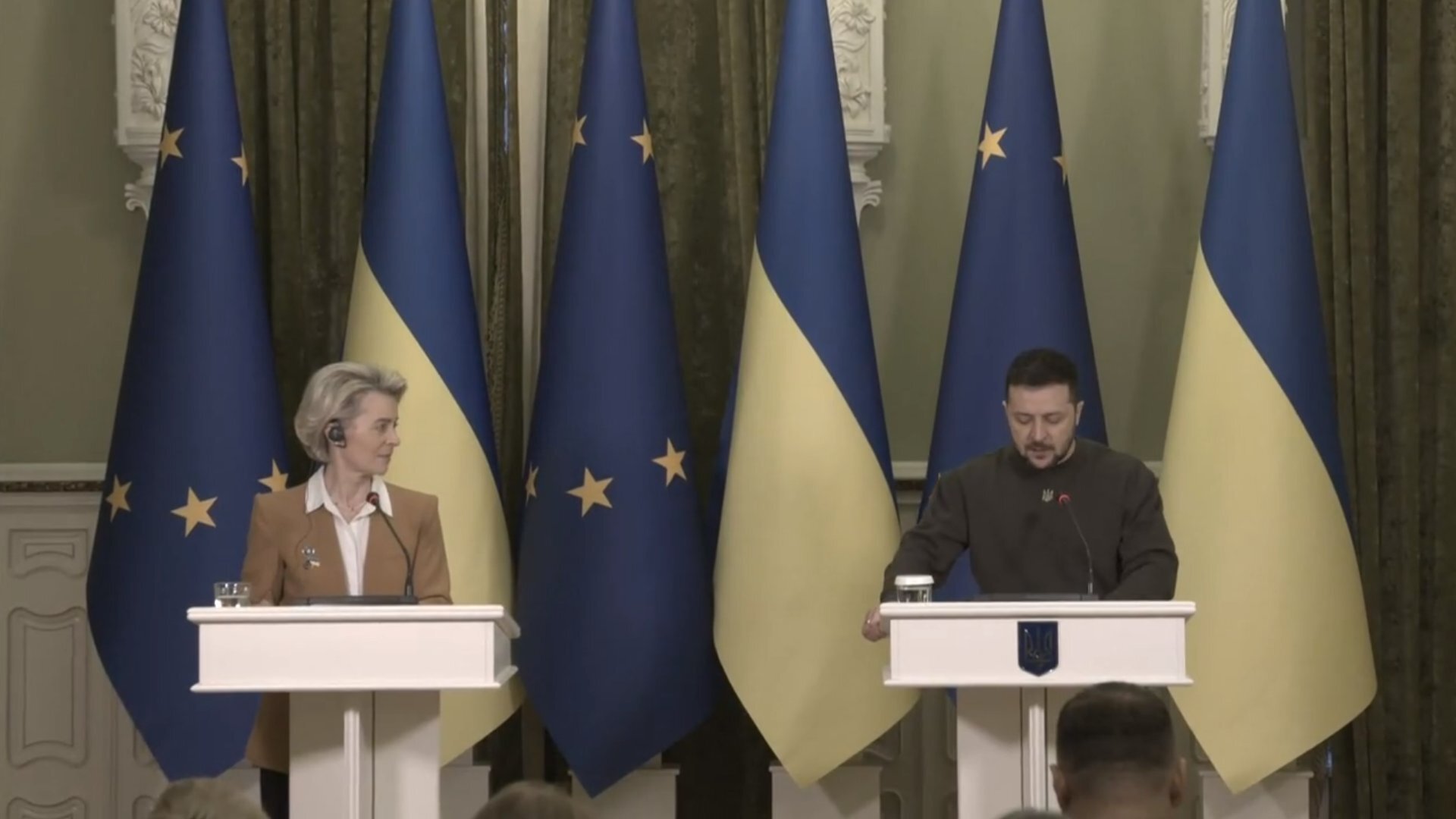Europe appears to have reconsidered sending peacekeepers to Ukraine and is now exploring alternative ways to support Kyiv due to security threats from Russia, Reuters reports, citing European officials.
Diplomats increasingly acknowledge that deploying such forces is not the most likely outcome.
"When Ukraine was in a better position, the idea of sending troops appealed. But now, with the situation on the ground and the US administration as it is, it's not very sexy," one European diplomat said.
French President Emmanuel Macron and UK Prime Minister Keir Starmer, who visited the White House last month, suggested that their countries could send thousands of troops to a future force. However, they have also been unsuccessfully seeking some form of "protection" from Washington, without specifying what that would entail.
Moscow has stated that it will never agree to any proposal by NATO countries to send troops to Ukraine.
US President Donald Trump, who has sharply shifted American policy toward adopting Russia’s narrative of the conflict, initially praised the UK and France’s proposals and said he believed Russia would accept them.
However, American officials have recently sounded more skeptical. Last week, Trump representative Steve Witkoff mocked European proposals as "a posture and a pose" during an interview with American propagandist Tucker Carlson.
A senior European defense official said that while attention is shifting away from European "boots on the ground," this "doesn’t mean individual countries won’t have soldiers deployed in Ukraine to provide training and other support".
Even if large European ground forces are no longer seen as likely, the plans remain open. A conceptual document for the summit, reviewed by Reuters, mentions the possibility of future support forces in Ukraine "as part of a future peace settlement and with the support of the US."
A spokesperson for the French president said that in discussions with the US, officials found interest in a strong European contribution once a permanent ceasefire is established.
Last week, UK Prime Minister Starmer stated that military planners are "focusing on keeping the skies safe, the seas safe and the borders safe and secure in Ukraine".
"Now we're working at pace because we don't know if there'll be a deal - I certainly hope there will be - but if there's a deal, it's really important that we're able to react straight away," said Starmer.
Some European allies remain reluctant to send troops without firm US guarantees and an international mandate. They are concerned about the cost, manpower shortages, and equipment needs, as well as the risk of direct war with Russia.
Diplomats said Europe could play a role in strengthening forces in neighboring countries like Romania, possibly reinforcing NATO’s existing Enhanced Forward Presence (EFP) in Eastern Europe.
Italian Prime Minister Giorgia Meloni has suggested that while NATO membership for Kyiv is not on the table, NATO’s mutual defense commitments could be extended to ensure that countries would provide assistance to Ukraine in case of an attack. US Special Envoy for the Middle East Witkoff said this is open for discussion.
A third European diplomat stated that such a step would offer "the biggest security guarantee you can provide at a lower cost" than actually deploying troops into Ukraine."
Related:
- Oil pumping through Russia’s drone-struck Kavkazskaya station impossible in foreseeable future, operator says
- Satellite images reveal extensive damage at Engels-2 airbase in Russia
- Explosions and fire reported at Russia’s Engels-2 strategic bomber base after SBU drone assault (video)
- Rosneft-owned refinery in Tuapse hit in overnight drone attack (video)
- Ukrainian UAVs strike drone production facility in Russia’s Kaluga Oblast





